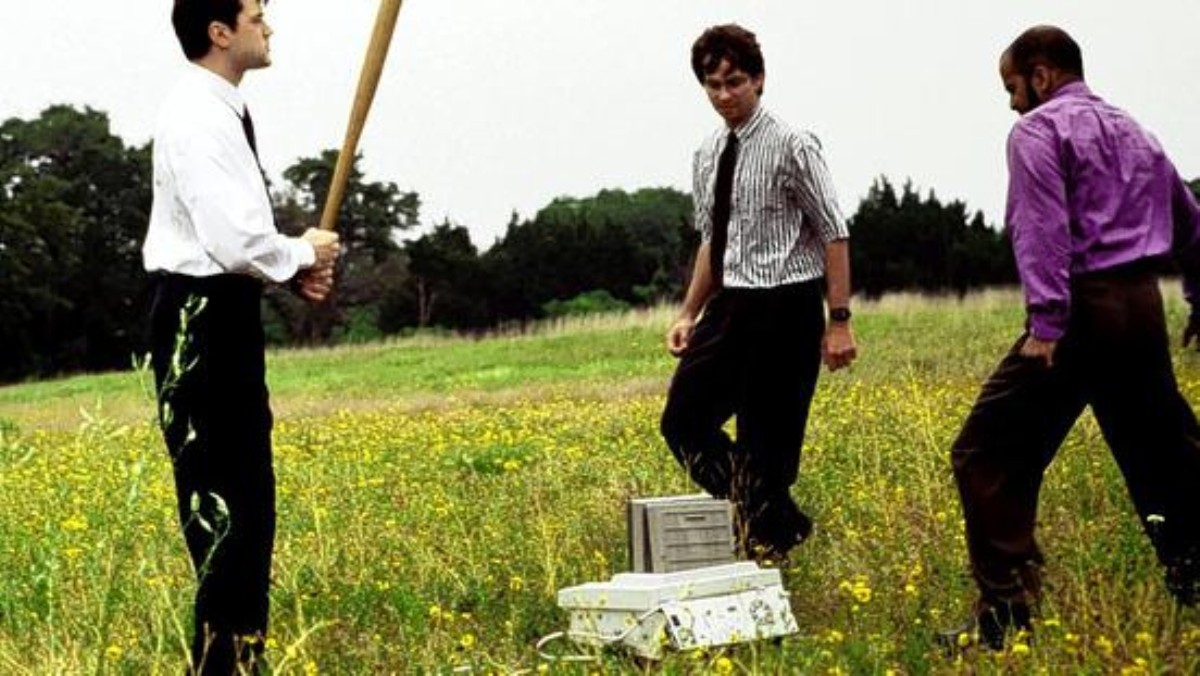While watching the Angels and Blue Jays game the other day, Blue Jays broadcaster Buck Martinez mentioned that C.J. Wilson had expressed to him before the game that he had re-invented himself six times during his ten year professional career. This reminded me of a term frequently thrown around by economists and corporate leaders called creative destruction. The word sounds like an oxymoron and to a certain extent it is. However, it is a concept that teams and players should embrace especially in this presumed transition period of baseball.
Let’s first define creative destruction before looking at why it is so important for teams and players alike. According to Joseph Schumpeter, a famous Austrian American economist, creative destruction is “the process of industrial mutation; incessantly revolutionizing the economic structure from within, incessantly destroying the old one, incessantly creating a new one.” Many world-class companies apply this idea to their business model and use it as a strategic advantage. However, even flourishing businesses fight to keep up because, given human nature, we tend to become more complacent and less innovative as we become more successful. Creative destruction is the counter attack to this less innovative culture.
At its core the game of baseball is about how well players and teams can adapt to changes. These changes come from within the industry as well as from the outside. For example, when Branch Rickey decided to hire Jackie Robinson to play for the Dodgers the course of baseball was altered forever. There was push back from people claiming the game was better the way it was. This is a natural feeling, but people like Branch Rickey know that this mindset can be the downfall of a society.
The concept of creative destruction is not limited to business and high society. It is a free market principle that can also be applied discretely to one’s self. When C.J. Wilson stated that he has re-invented himself six times throughout the course of his career, he is practicing – possibly without knowing – creative destruction. Many players attempt to do this, but it is easier for some players than for others.
Failing to embrace innovation is typically easy to spot. Blockbuster Video is a recent example of a company that did not practice creative destruction and thus crumbled when new market entrants rendered them obsolete. If Blockbuster were “incessantly destroying the old and creating the new”, as Schumpeter suggested, then their struggles would have most likely been far less severe. Josh Hamilton’s case is comparable to this. Some of Hamilton’s issues have been with drug and alcohol abuse, but this is not what I am referring to. Advanced scouting and statistics helped teams understand how to better pitch the lefty slugger. He went from a superstar to a slightly above average player in a hurry when teams figured this out. Like Blockbuster, he too has not made it back to the level he once occupied.
In baseball, age is also a driver of creative destruction. A player, on average, sees a decrease in production the older he gets. For some this age factor comes on quick. If the player is not ready, willing, or able to re-invent themselves when the time comes then they could be out of a starting job. Barry Bonds accepted that age would eventually catch up to his speed and shifted his strategy to hitting more home runs. Granted, he probably went about accomplishing this in an unethical way, but it’s his motives that I am more concerned about in this case. Whether Bonds was actually preparing for the imminent decline in speed and athleticism is unknown, but his strategy of hitting more home runs later in his career was definitely evident.
The most important thing to remember is that creative destruction, in principle, is not simply adapting to change. The notion goes much deeper. Creative destruction is difficult to accept because it means demolishing something that is currently effective. This is why Barry Bonds’ career is a perfect example. I do not think Bonds was necessarily intentionally adopting this concept, but his career played out that way nonetheless. He allegedly started taking performance enhancing drugs to increase power before he started to lose athleticism. Ironically it is widely known that certain steroids lead to a premature breakdown of the body. So he was literally breaking his body down to re-invent his player profile.
Now, I hope we all have a better grasp of the creative destruction idea so we can move on to identifying teams and players who are using this to their advantage as well as ones who should improve in this area. In the next post I also hope to propose solutions for some players who currently could get by with being complacent, but who might need to think about re-inventing themselves to extend their careers.
Next post: Clayton Kershaw and the Need for DIPSPrevious post: Being Drafted and Making the Show the Same Year





AD
Not knowing the term until now, I recently postulated that Ian Kinsler’s undergoing some creative destruction to try to stem the effects of aging: http://www.fangraphs.com/community/ian-kinslers-walking-not-running/. Do you buy that?
Stephen Shaw
I definitely buy it. In fact I think Kinsler and Y. Molina are in a way going thru the same transformation right now. Both guys are noticeably smaller this season in what seems to be an attempt to stay healthy and, like you mentioned in your article, maintain their strength and endurance for an entire season.